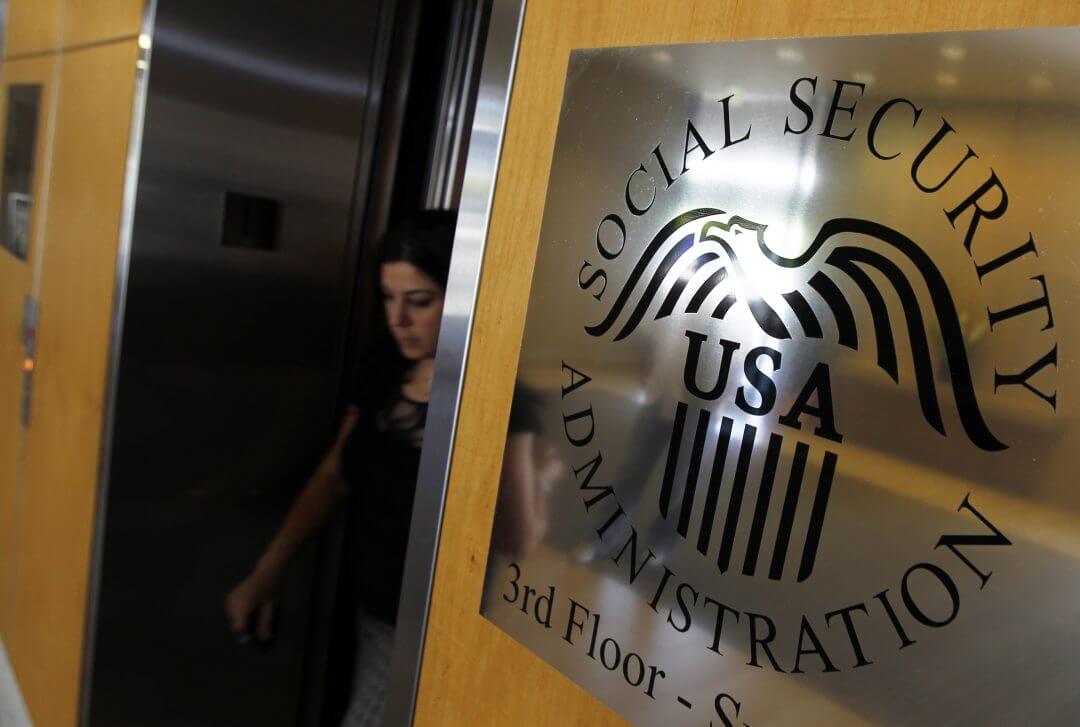Who loses disability insurance when it’s harder to apply?

The rise in the number of Americans on disability insurance is sparking increased concern about the program. Some critics complain that the Social Security Disability Insurance (SSDI) program has become too generous, drawing workers into the program who could otherwise find work. These critics believe that the federal program is now too easy to join and that restricting access to the program would result in healthy individuals not joining the program. Recent research, however, finds that merely making it more difficult to apply for disability insurance pushes away applicants who are more likely to be accepted into the program—lower-income individuals and those with lower levels of education.
The paper, by economists Manasi Deshpande of the University of Chicago and Yue Li of the University at Albany, State University of New York, looks at how the closure of Social Security field offices affects how many people apply for disability programs and the changes in the kinds of people who apply for the program. Using administrative data from the Social Security Administration, the authors can see what happened to SSDI and Supplemental Security Income applications and the number of recipients in ZIP codes closest to the closed offices.
Part of what this paper is investigating is how increasing the cost of applying for disability insurance can improve the “targeting” of a program. It could well be, for example, that increasing the hassle associated with applying to the program pushes away the people who need the program the least. Increasing the hassle would reduce efficiency in processing applications, but it might boost “targeting efficiency” if applicants who really don’t need the program are deterred. This assumes that the people most sensitive to increased application costs are more likely to be ultimately rejected and to be healthier.
What actually happened when the closest Social Security field offices closed and the cost of applying increased? The number of applications dropped quite a bit, 11 percent after a few quarters, and stayed at that lower level. At the same time, the number of recipients of disability insurance in ZIP codes near the closed field offices dropped 13 percent and also remained low. The fact that the number of recipients dropped more than the number of applicants—the difference is statistically significant—means that the people not applying were more likely to have been accepted if they had applied. Deshpande and Li also find that the field office closings discouraged people with lower education levels and low earnings levels from applying.
The results of this research show that instead of increasing targeting efficiency, the increase in application costs actually decreases that form of efficiency. The program is less likely to reach the people who would be more likely to need to tap disability insurance and those most likely to need it. The people affected the most at this margin are seemingly exactly the people for whom the disability insurance program is designed. These results are hard to mesh with critics’ view that disability insurance should be more restrictive. Doing so could be harmful for the people who need help the most.
